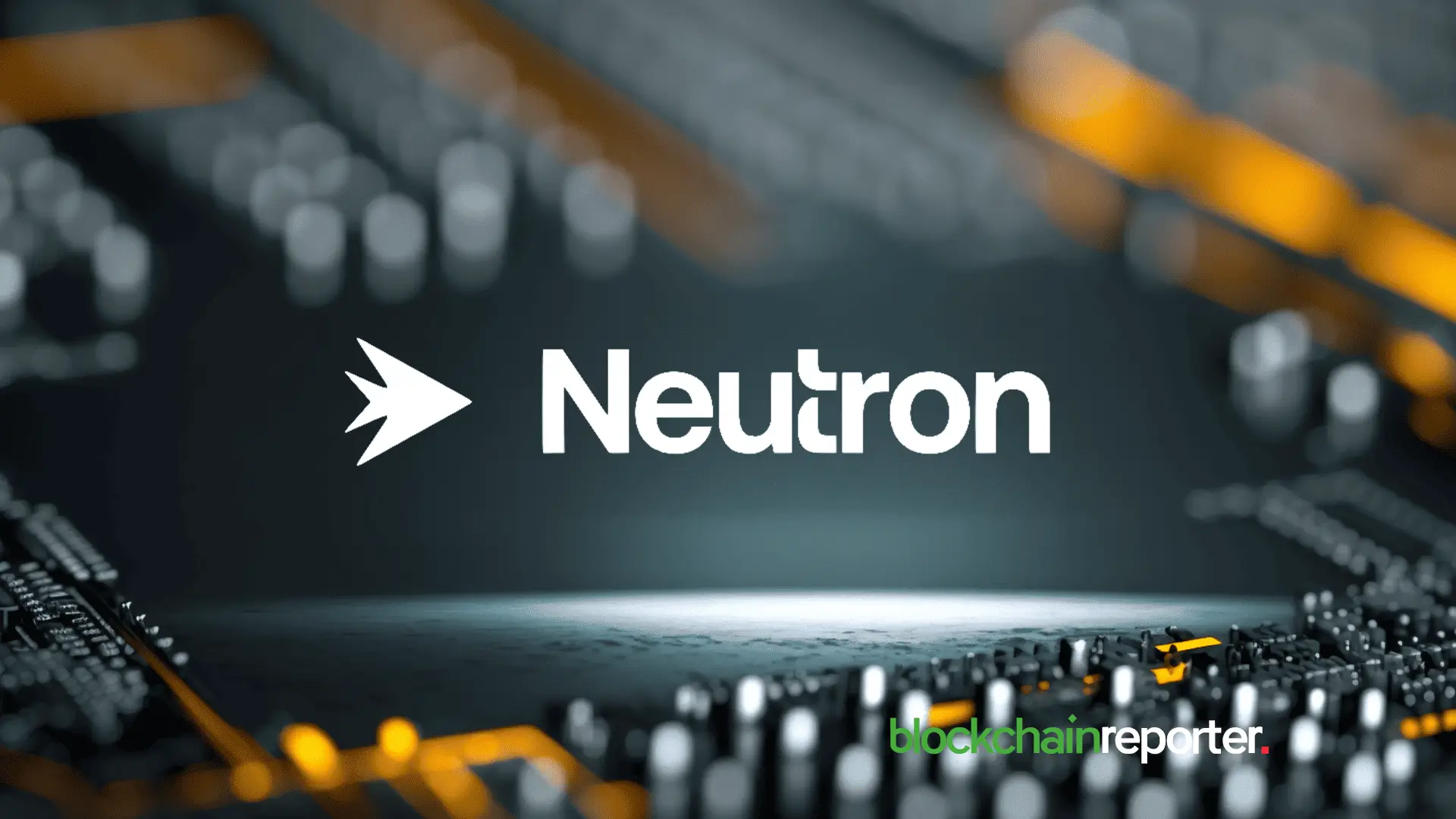Prompt vs Feature Engineering: The Hidden Bridge Between Humans and Machines
1. The Overlooked Bridge Between Humans and Machines
When people talk about AI, they usually focus on the model — GPT-5’s trillion parameters, or XGBoost’s tree depth.What often gets ignored is the bridge between human intent and model capability.
That bridge is how you talk to the model.In traditional machine learning, we build it through feature engineering — transforming messy raw data into structured signals a model can learn from.In the world of large language models (LLMs), we build it through prompts — crafting instructions that tell the model what we want and how we want it.
Think of it like this:
- In ML, you don’t just throw raw user logs at a model; you extract “purchase frequency,” “average spend,” or “category preference.”
- In LLMs, you don’t just say “analyze user behavior”; you say, “Based on the logs below, list the top 3 product types this user will likely buy next month and explain why.”
Different methods, same mission: make your intent machine-legible.
2. What Exactly Are We Comparing?
Feature Engineering
Feature engineering is the pre-training sculptor.It transforms raw data into mathematical features so models like logistic regression, SVMs, or XGBoost can actually learn patterns.
For example:
- Text → TF-IDF or Word2Vec vectors.
- Images → edge intensity, texture histograms.
- Structured data → normalized age (0–1), one-hot encoded gender, or log-scaled income.
The end product? A clean, numeric feature vector that tells the model, “Here’s what matters.”
Prompt Engineering
Prompting, in contrast, is post-training orchestration.You’re not changing the model itself — you’re giving it a well-written task description that guides its behavior at inference time.
Examples:
- Instruction prompt: “Summarize the following article in 3 bullet points under 20 words each.”
- Few-shot prompt: “Translate these phrases following the examples provided.”
- Chain-of-thought prompt: “Solve step by step: if John had 5 apples and ate 2…”
While features feed models numbers, prompts feed models language.Both are just different dialects of communication.
3. The Shared DNA: Making Machines Understand
Despite living in different tech stacks, both methods share three core logics:
- They reduce model confusion — the less ambiguity, the better the output.
- Without good features, a classifier can’t tell cats from dogs.
- Without a clear prompt, an LLM can’t tell summary from story.
- They rely on human expertise — neither is fully automated.
- A credit-risk engineer knows which user behaviors signal default risk.
- A good prompter knows how to balance “accuracy” and “readability” in a medical explainer.
- They’re both iterative — trial, feedback, refine, repeat.
- ML engineers tweak feature sets.
- Prompt designers A/B test phrasing like marketers testing copy.
That cycle — design → feedback → improve — is the essence of human-in-the-loop AI.
4. The Core Differences
| Dimension | Feature Engineering | Prompt Engineering | |----|----|----| | When It Happens | Before model training | During model inference | | Input Type | Structured numerical data | Natural language | | Adjustment Cost | High (requires retraining) | Low (just rewrite prompt) | | Reusability | Long-term reusable | Task-specific and ephemeral | | Automation Level | Mostly manual | Increasingly automatable | | Model Dependency | Tied to model type | Cross-LLM compatible |
Example: E-commerce Product Recommendation
- Feature route: engineer vectors for “user purchase frequency,” “product embeddings,” retrain model weekly.
- Prompt route: dynamically prompt GPT-4 with “User just browsed gaming laptops, suggest 3 similar ones under $1000.”
Both can recommend. Only one can pivot in minutes.
5. When to Use Which
Traditional ML (Feature Engineering Wins)
- Stable business logic: e.g., bank credit scoring, ad click prediction.
- Structured data: numbers, categories, historical records.
- Speed-critical systems: models serving thousands of requests per second.
Once your features are optimized, you can reuse them for months — efficient and scalable.
LLM Workflows (Prompting Wins)
- Creative or analytical work: marketing copy, policy drafts, product reviews.
- Unstructured data: PDFs, chat logs, survey text.
- Small data or high variance: startups, research, or one-off analysis.
Prompting turns the messy human world into an on-demand interface for intelligence.
6. The Future Is Hybrid: Prompt-Driven Feature Engineering
The exciting frontier isn’t choosing between the two — it’s combining them.
Prompt-Assisted Feature Engineering
Use LLMs to auto-generate ideas for features:
This saves days of brainstorming — LLMs become creative partners in data preparation.
Feature-Enhanced Prompting
Feed engineered metrics into prompts for precision:
You blend numeric insight with natural-language reasoning — the best of both worlds.
7. The Real Lesson: From Tools to Thinking
This isn’t just about new techniques — it’s about evolving how we think.
- Feature engineering reflects the data-driven mindset of the past decade.
- Prompt engineering embodies the intent-driven mindset of the LLM era.
- Their fusion points to a collaborative intelligence mindset, where humans steer, models amplify.
The smartest engineers of tomorrow won’t argue over which is “better.”They’ll know when to use both — and how to make them talk to each other.
Final Thought
Prompt and feature engineering are two sides of the same coin:one structures the world for machines, the other structures language for meaning.And as AI systems continue to evolve, the line between “training” and “prompting” will blur — until all that remains is the art of teaching machines to understand us better.
You May Also Like

IP Hits $11.75, HYPE Climbs to $55, BlockDAG Surpasses Both with $407M Presale Surge!

Hadron Labs Launches Bitcoin Summer on Neutron, Offering 5–10% BTC Yield
